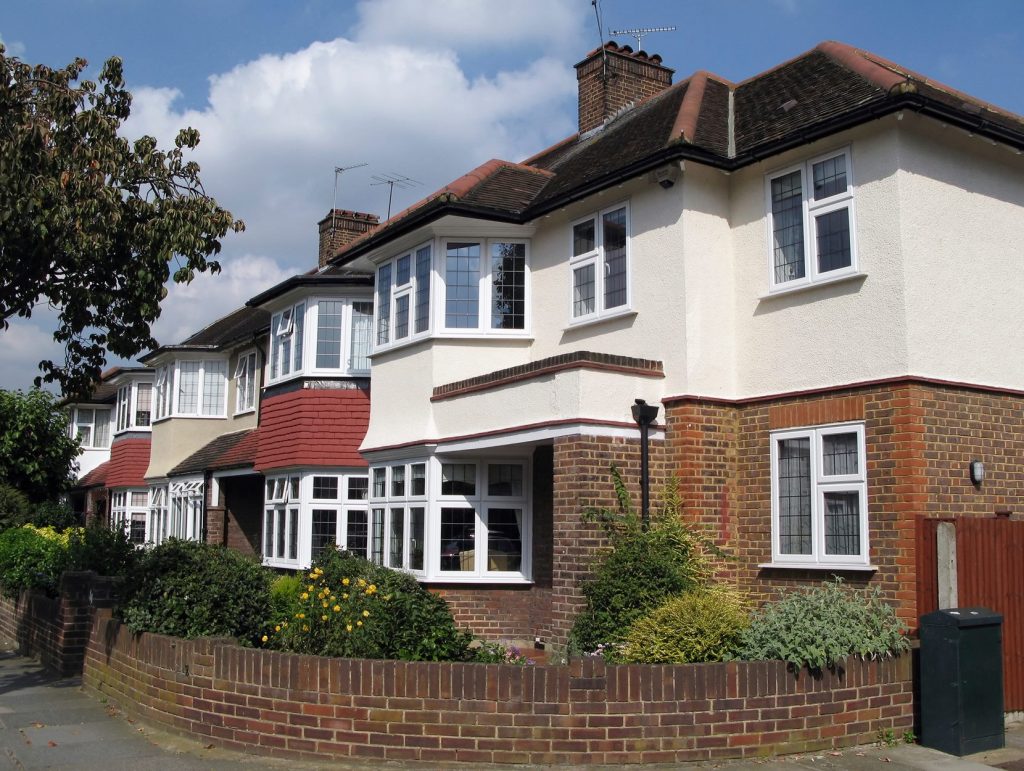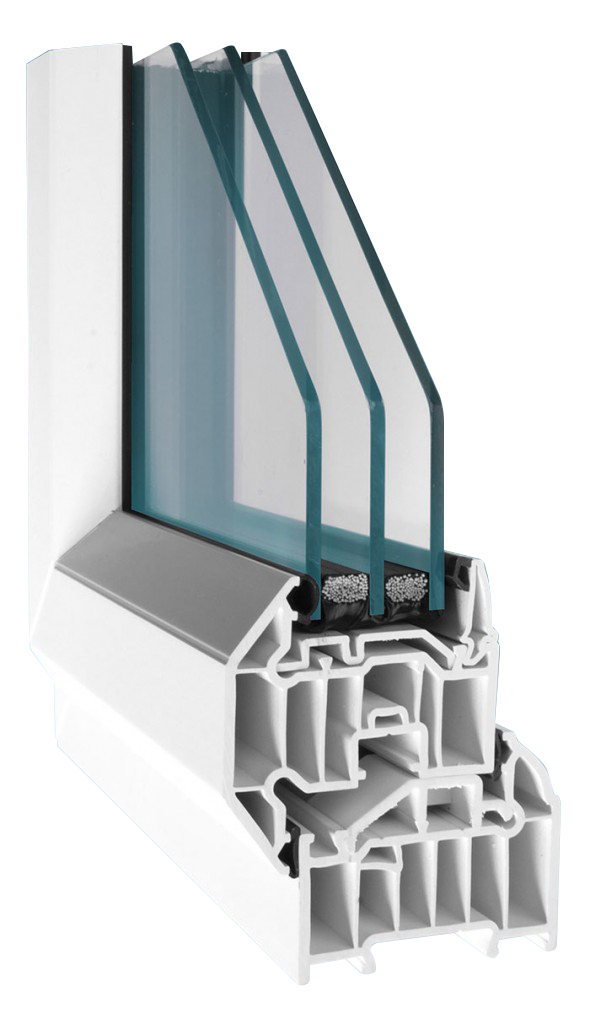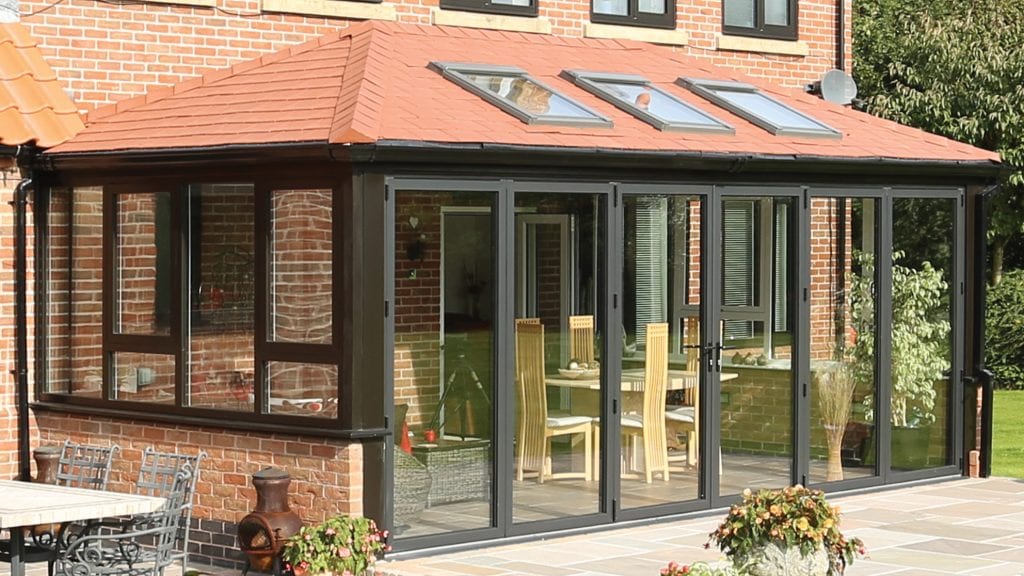Choosing the right glazing can be a daunting decision. If you are considering triple glazed windows, which are more expensive than traditional double glazing, our page has all the information you need to help decide if it’s right for your home.

What is a Triple Glazed Window?
In short, and as might seem obvious, triple glazing contains three panes of glass within a sealed frame, just as double glazing contains two. Between each pane is a pocket of air or inert gas, such as argon; argon is heavier than air and works as an insulator for both noise and heat.
The third pane of glass located halfway between the inner and outer panes of double glazing creates two air locks which improves the energy performance of regular double glazing by around 50%.
Energy efficiency is further improved by variables such as the type of air or gas used in the space between the panes, warm edge spacer bars around the perimeter to reduce thermal bridging and different coating on the glass to reduce energy loss from the inside. The frames (uPVC) themselves also have a large bearing on the overall performance, as well as the existing insulation in your home.

Benefits of Triple Glazing
The key benefits are really to do with comfort. If you insulate the walls, roof and floor of a house, and you ignore the glazing, you end up with cold spots surrounding the windows at night. This causes draughts, and draws heat away from you if you sit next to them, and result in streams of condensation running down the panes. So, in essence, the standard of glazing has to match the standard of the insulation elsewhere in the home, to ensure the warmth wrapping around the house performs consistently.
Thermal
Comfort Levels
While a double-glazed window is perfectly adequate, a triple glazed unit is just that much more comfortable, because it holds heat that little bit better. The surface temperature of a modern, energy-efficient double-glazed window is 16°C in a room heated to 21°C, whereas triple glazing can offer 18°C.
Acoustic Performance
and Noise Reduction
Double-glazed windows can achieve an acoustic performance in the range of Rw32. This can be improved into the low 40s with triple glazing — the difference on a busy road between a good night’s sleep and a disrupted one.
Reduced Risk
of Condensation
The lower U values of triple glazed windows helps towards minimising internal condensation issues. The heat is kept inside the building and typically stops the cold external temperature reacting with internal warm air ], resulting in condensation. However, it is worth noting that the main cause of internal condensation is high humidity levels, such as tumble dryers/wet rooms and a lack of adequate ventilation.
Will Triple Glazing Add Value to my Home?
Our government faces a rising pressure to reduce carbon emissions, and global warming is ever more apparent in the public’s conscience.
Did you know?
Energy Performance Certificates are now a legal requirement for every property listed for sale.
An Energy Performance Certificate (EPCs) is now a legal requirement for every property that is put to market, and buyers are increasingly putting higher values on more energy efficient homes. A triple glazed property is therefore likely to attract a higher sales price than those without it. Properties that reduce energy usage through build design or upgraded features (such as windows and doors) are looked on favourably in todays climate.

The pressure is rising to improve the energy performance of windows, and we are now reaching the stage where double glazing may not be enough.
Give us a call on 01923 720 792 and we’ll be happy to discuss your options further.
88a High Street
(Entrance at rear of High Street)
Rickmansworth
Hertfordshire
WD3 1AQ